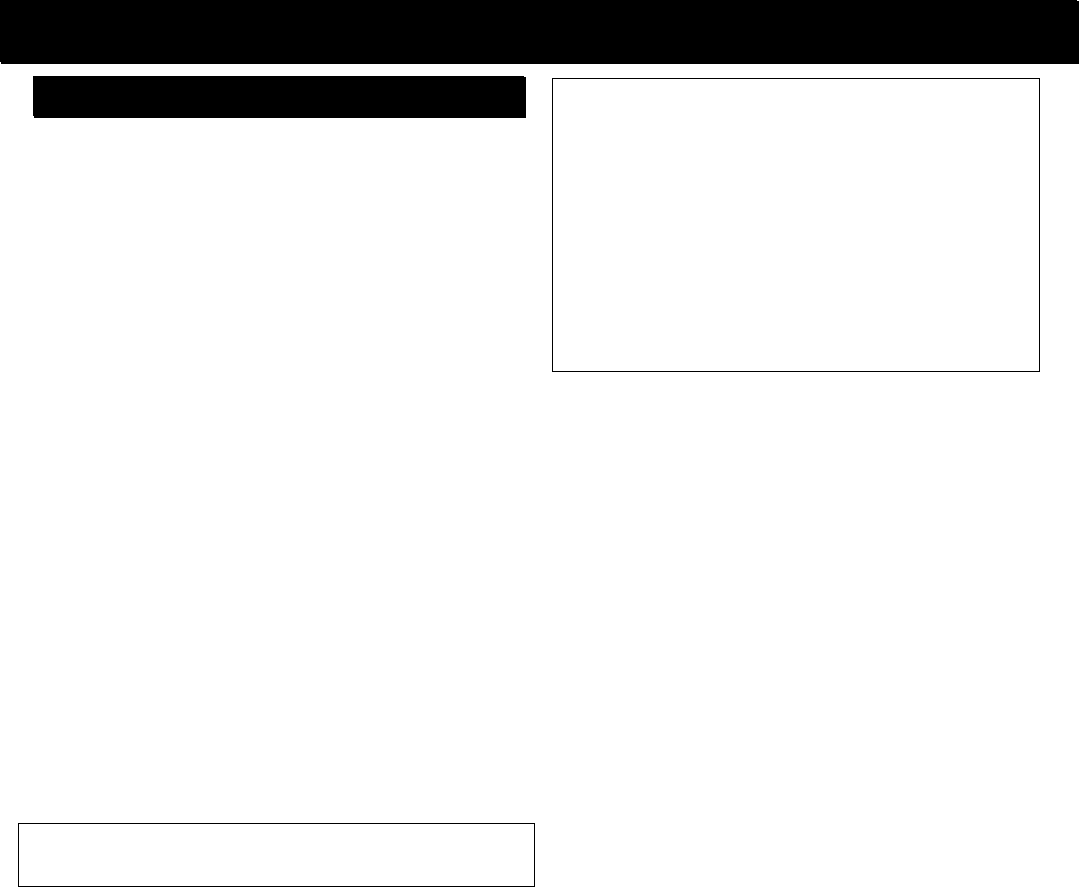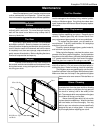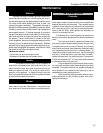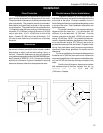
Exception TL200 Wood Stove
20
Moblie Home Installations
Mobile home installations must use approved fac
-
tory-built chimneys tested and listed for this specific use,
to either of the high temperature standards, ULC S-629 or
UL 103. Any components used to install the chimney
must be listed for this use and supplied by the chimney
manufacturer. Do not substitute makeshift compromises.
In Canada, chimney connectors must be tested and listed
to the standard in CAN/ULC-641-M87.
In addition to meeting the size and height require-
ments detailed in the Chimney section, the chimney must
also be removable to the roof line area in order to allow for
transport. When designing your system, consult with the
chimney dealer to ensure that your system meets this
requirement, and ask for specific details on how to re-
move it.
Follow all clearances, floor protection and other gen-
eral guidelines in the Installation section when installing
your Harman Exception in your mobile home.
Other important Mobile Home guidelines:
• The stove must be securely attached to the mobile
home floor.
• All stoves installed in mobile homes must have a direct
outside air connection. (See Assembly Instructions.)
• A vapor barrier must be in place where the approved
chimney system exits the mobile home.
Caution: The structural integrity of the mobile home
floor, walls, and ceiling/roof must be maintained.
NOTE: When solid fuels are burned completely, they
produce water and carbon dioxide. However, in long
slow burns, a substantial amount of carbon monoxide
may be produced. If allowed to build up, carbon
monoxide (which is odorless) can prove fatally
poisonous. Proper ventilation and draft will prevent
this from happening. If you smell smoke, turn up the
air control lever setting, and thoroughly ventilate your
dwelling. During future burns, be careful not to overload
the stove with fuel, so you will not be tempted to
constantly operate at a low air control setting.
Venting - Mobile Homes


















